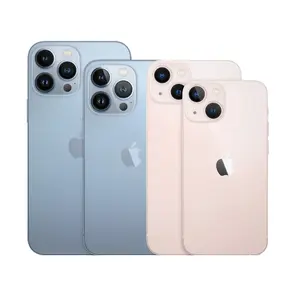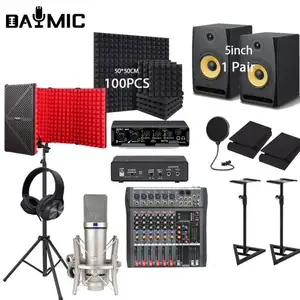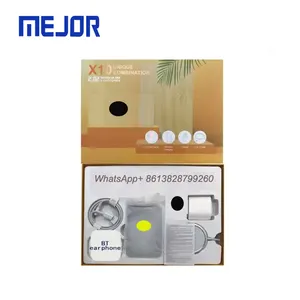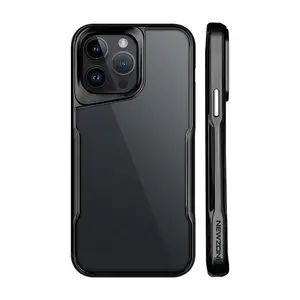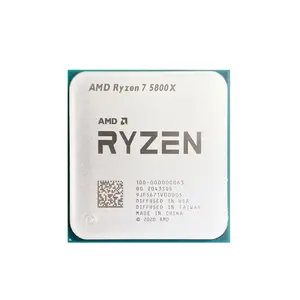Popular in your industry
























 Ready to Ship
Ready to Ship















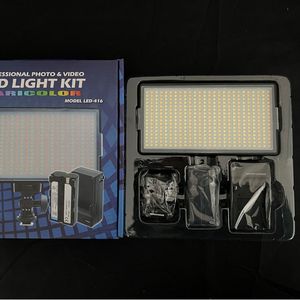
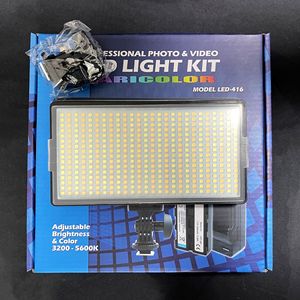
























Related Searches:



























































































































 Ready to Ship
Ready to Ship











Top categories
About led video light panel
In the world of professional photography and videography, LED panels for video are essential tools for content creators, enabling them to illuminate their subjects effectively. These light panels provide a continuous and adjustable light source, which is crucial for achieving the desired lighting effects in various shooting conditions. Understanding how to use these LED panels properly can significantly enhance the quality of the captured images and videos.
Benefits of Using LED Light Panels for Video and Photography
LED light panels offer numerous advantages for video and photography. One of the key benefits is their energy efficiency. Instead of generating heat, LED panels convert most of the energy into light, making them more energy-efficient and cost-effective. Moreover, these panels are known for their long lifespan, reducing the need for frequent replacements. LED panels also provide a consistent and flicker-free light output, ensuring a stable illumination that is crucial for video recording. Additionally, their compact and lightweight design makes them portable and suitable for various shooting environments. The adjustable brightness and color temperature of LED light panel photography offer flexibility in achieving the desired lighting effects, catering to the creative needs of photographers and videographers.
How to Use LED Panels for Videography and Photography
When using LED panels for videography and photography, it is essential to understand the key features of the LED light panels. These include the color temperature, brightness, and the ability to adjust the light intensity. Start by setting the color temperature to match the ambient light or achieve the desired color tone. Adjust the brightness to the appropriate level, ensuring proper exposure without overexposing the subject. It is also important to position the LED panels correctly to achieve the desired lighting effects. This can involve adjusting the angle, distance, and number of panels used. For example, in portrait photography, having a main light and a fill light can help create a well-balanced and visually appealing image. When using LED panels for video, take into consideration factors such as the frame rate and shutter speed to avoid flickering issues. Continuous lighting sources like LED panels are particularly beneficial for video recording, as they provide a consistent light source that allows videographers to see the real-time effect of the lighting on their subjects. By experimenting with different lighting setups and adjusting the LED panels accordingly, photographers and videographers can achieve the desired lighting effects and enhance the overall quality of their work.
